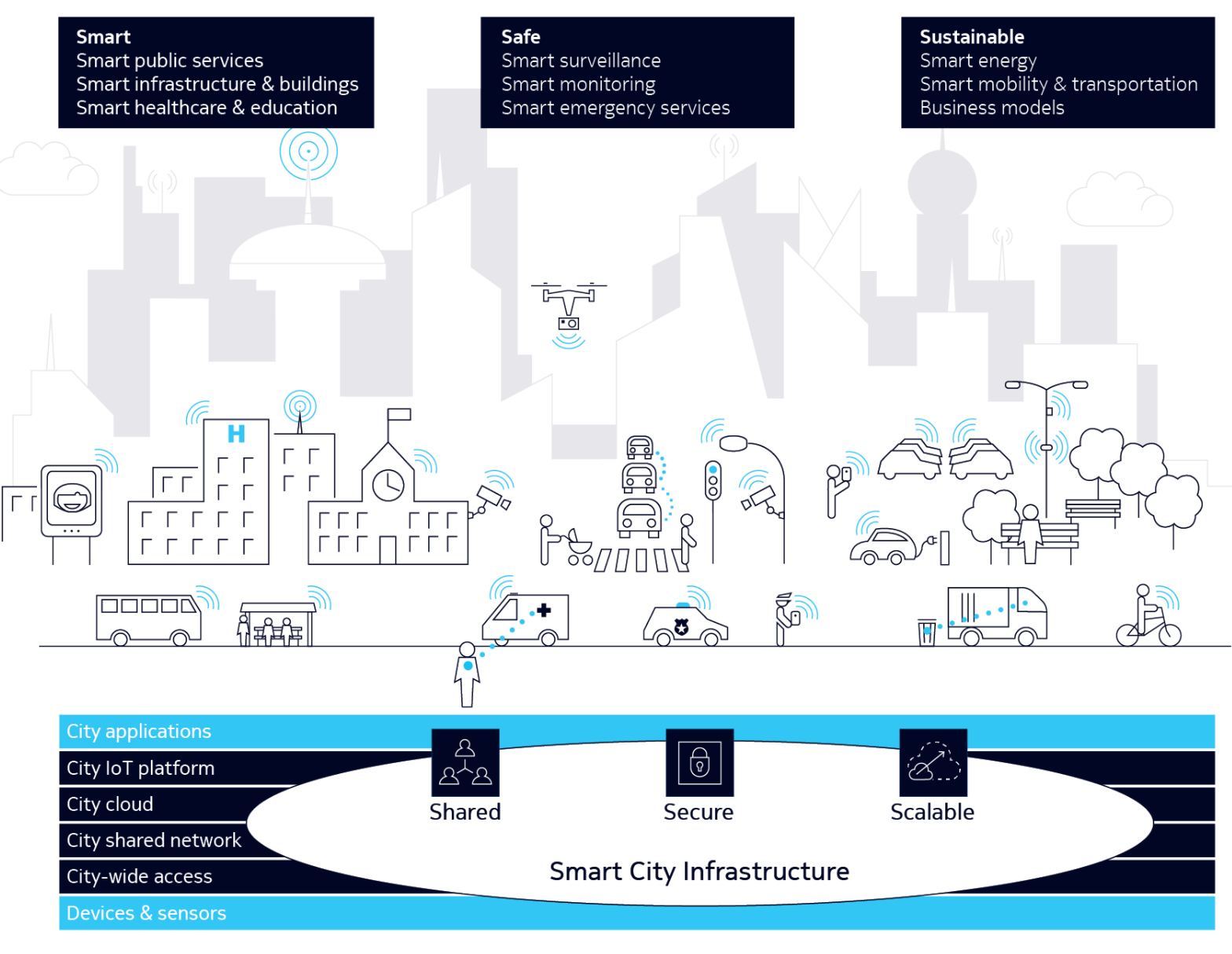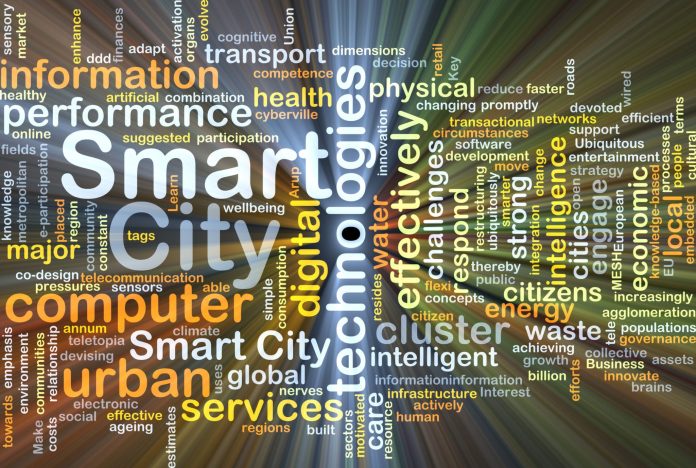Smart city report IDs three routes: anchor, platform and beta
In a new report commissioned by Nokia and conducted by Machina Research, researchers attempted to hone in on best practices that have resulted in successful smart city deployments by taking a look at 22 municipal strategies designed to address safety, sustainability and markets like infrastructure, public services and education, which fall into the “smart” category, both a catchall and a subset of a smart city.
This infographic details the smart city divisions and attendant services.

Jeremy Green, principal analyst at Machina Research and author of the report, said: “No one said becoming a smart city would be easy. There are lots of choices to be made. The technology and the business models are evolving rapidly, so there are many degrees of uncertainty. Standards are emerging but are by no means finalized. So there is no ‘royal road’ to smartness. But there is a right way to travel – with your eyes open, with realistic expectations and with a willingness to learn from others. That includes other cities that might face the same problems as you, even if in a different context. It includes the suppliers, who may have learned from their experiences elsewhere, including in other verticals. It includes startups, who can be great innovators; and most of all, it includes the city’s own inhabitants, who are your real partners for the journey.”
Before we get into the question of how cities become smart, let’s consider why they should. The big reason is urbanization. Citing statistics used in nearly every discussion around smart cities, about half of the global population currently lives in urban areas; that’s projected to reach 70% by 2050. Not to be reductive, but with current trends in population density growth, the only way for a city to function will be to harness technology to find efficiencies wherever possible.
In terms of how a city becomes smart, Nokia identified three routes.
- The anchor route involves a “single, key application for which there is a clear and pressing need.”
- The platform route involves “building the technology infrastructure to deliver a wide range of potential smart applications and services.”
- And the beta route, which a city launches “multiple pilots to see how they perform without immediate concern for long-term deployment.”
All three deployment scenarios come with advantages and disadvantages spelled out in the report. But, based on the research, a number of best practices emerge.
- Establish transparent “rules, policies and governance structures for how data will be used.”
- Break down inter-departmental silos to better “coordinate smart city initiatives with forethought and leadership.”
- Gain buy-in from residents by making “the benefits of smart initiatives visible to citizens.”
- Change procurement strategies to address the “complex, interconnected solutions” a smart city needs.
- “Support technology led urban regeneration” to access “wider sources of funding for urban development initiatives.”
- Create strong relationships with ICT vendors and funding providers.

